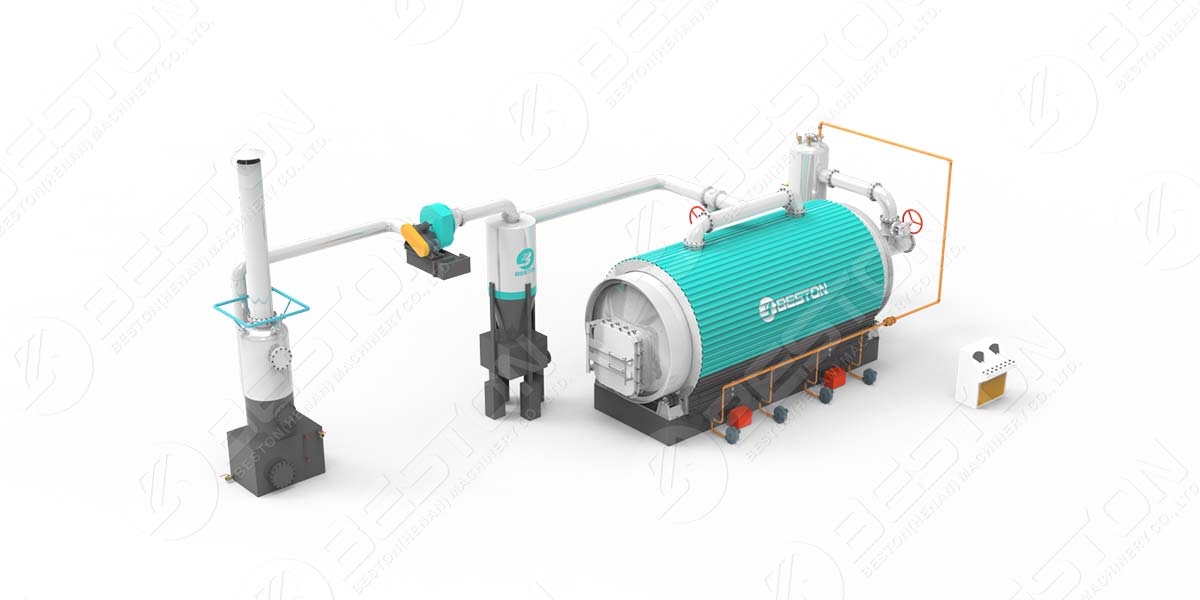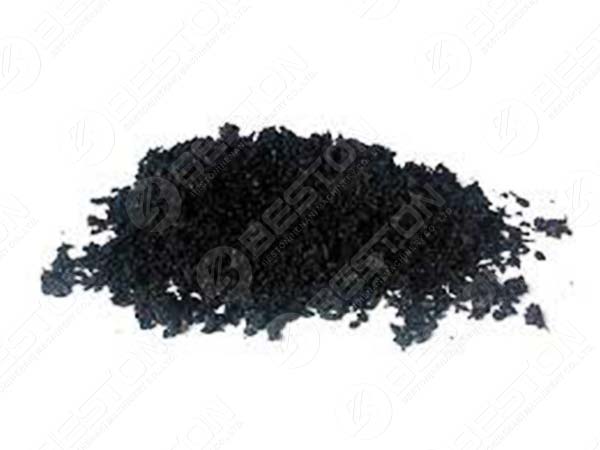Biomass pyrolysis is an emerging technology that has the potential to convert various types of biomass into useful products, such as bio-oil, biochar, and syngas. While the process is still in the early stages of development, a number of pilot plants have been built and are currently operational. Many plants have a capacity of 1,000 metric tons per day and are capable of processing a range of biomass feedstocks, including wood chips, straw, and agricultural residues. Here are some of the processes that a biomass pyrolysis plant goes through:

1. Torrefaction Process
Torrefaction is a slow heating process in an oxygen-free environment that reduces the moisture content of biomass and causes partial carbonization. The resulting product, known as torrefied biomass, has lower moisture content and higher energy density than raw biomass. Torrefaction also decreases the volume of the biomass, making it easier to transport and store. In a biomass pyrolysis plant, the torrefaction process takes place in a reactor where the biomass is heated to temperatures between 300 and 500 degrees Celsius.
The precise temperature and residence time can be adjusted to produce torrefied biomass with different properties. For example, shorter residence times at lower temperatures will result in a product with higher moisture content and lower energy density, while longer residence times at higher temperatures will produce a drier, more energy-dense product. Torrefaction is an important step in the production of renewable fuels and chemicals from biomass. By reducing the moisture content and increasing the energy density of biomass, torrefaction makes it possible to produce high-quality fuels and chemicals that can compete with fossil-based products on an industrial scale. More information on charcoal making machine here.
2. Pyrolysis Process
Pyrolysis is the thermochemical decomposition of biomass occurring in the absence of oxygen. It is the fundamental chemical reaction that produces charcoal and is the main source of wood tar. Pyrolysis essentially consists of heating the biomass to a high temperature in order to trigger decomposition.
During pyrolysis, a range of gases, liquids, and solids are produced. The composition of these products depends on a number of factors, including temperatures, residence time, and the type of reactor used. Pyrolysis liquids can be used as fuel for boilers or internal combustion engines. The solid byproduct, known as char, works as a fuel for power generation or as a soil amendment. See the rice hull carbonizer here.

3. Gasification Process
The gasification process converts organic matter into gases, including carbon monoxide, hydrogen, and methane. The gasification process is often used in biomass pyrolysis plants to produce fuel for power generation or other industrial uses. The organic matter is first heated to high temperatures in the absence of oxygen. This initial step breaks down the complex molecules into simpler compounds. The second step of the gasification process involves oxidizing the resulting gases to produce the final products of carbon monoxide, hydrogen, and methane. The final composition of the gases depends on the types of feedstock used and the operating conditions of the gasifier.
A sawdust charcoal making machine is a great way to recycle biomass and turn it into useful products. Not only does this help reduce waste, but it also creates jobs and provides income for the local community.